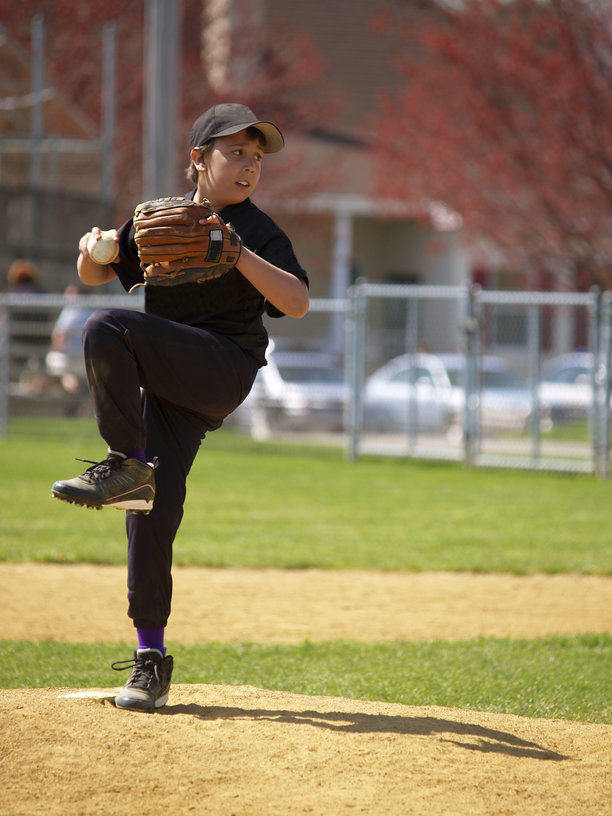
Although it may seem young players can quickly recover from elbow and shoulder injuries, the truth is these injuries can be long-lasting – potentially even career ending. As an elbow and shoulder surgeon, I’ve worked with, and operated on, injured pitchers for decades. And in recent years, I’ve noticed a concerning trend: Over the past decade, there has been a ten-fold increase in the number of pitchers between the ages of 15-19 requiring Tommy John surgery, a procedure used to reconstruct the ulnar collateral ligament of the elbow. While pro players get all the press, the fact is more than 50% of all Tommy John surgeries are performed before a pitcher is 20 years old.
What is driving this trend and what can be done about it? Based on empirical evidence, one effective remedy could come in the form of strict pitch counts.
Studies have shown increased pitching workload – such as pitching a complete game – is a risk factor for the kind of injuries that lead to surgery. In MLB, it is becoming less common due to the growing awareness about overuse injuries in baseball pitchers. The same level of awareness needs to be brought to youth, high school, and college pitching.
Younger players need help to pace themselves and take adequate rest time, which can be enforced through strict pitch counts to ensure pitchers play within their limits. As a member of the MLB’s Advisory Committee, we created Pitch Smart guidelines, a practical, age-appropriate set of guidelines to help parents, players, and coaches avoid overuse injuries. They include specific recommendations for pitch counts per game, innings per year, cross-training options, and recommended rest quotas for various age groups.
Although appropriate pitch counts depend partly on age and level of expertise, no pitcher should play to the point of exhaustion. Coaches and trainers need to keep an eye out for signs of fatigue so players can be pulled pre-injury. Fatigue leads to sloppy pitches, and sloppy pitches lead to injuries.
To prove this, my colleagues and I set up a simulation game a few years ago to study the effects of fatigue on young players. Elite pitchers between the ages of 13-16 were recruited to throw a 90-pitch simulated game. Velocity and accuracy were measured for every pitch and every 15th pitch was videotaped to assess mechanics.
We found that as the pitchers progressed through the simulated game and became increasingly fatigued, their velocity dipped and they began to move differently. Their hips moved earlier in the pitch cycle than before, suggesting their core muscles were becoming fatigued and they were having trouble delivering force from their lower body to their upper body and throwing arm. Simply put, the more pitches they threw, the more their technique suffered.
The long-term effects of either respecting or exceeding recommended pitch counts are noteworthy. I recently took part in a study where we looked at more than 600 Little League World Series (LLWS) pitchers ten years after they competed in the LLWS. Of those who went on to play professionally, 50% of the pitchers who exceeded pitch counts in the LLWS required Tommy John surgery. Only 1.7% of those who did not exceed pitch count recommendations required the same surgery. It's also important to note that out of these highly talented players, only three (0.5%) went on to pitch in the MLB.
Perhaps, in the future, we will see the major leagues make further changes to ensure the long-term health of its pitchers. In the meantime, youth coaches can lead the way by reducing pitch counts to minimize injuries caused by overuse and fatigue.
Dr. Anthony A. Romeo, M.D. is a Chicago orthopedic surgeon who serves as a member of the MLB Elbow & Shoulder Research Committee.